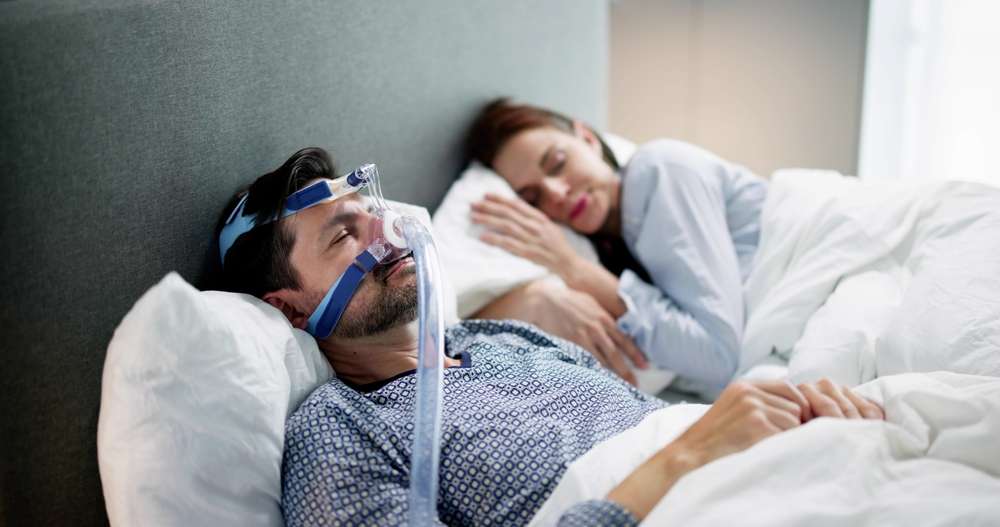Sleep Apnea Uncovered: Causes, Signs & Treatments
Sleep apnea disrupts breathing during sleep and affects millions worldwide. Learn about common causes, warning signs, diagnostic tests like sleep studies, and treatment choices from lifestyle changes and CPAP to surgery and nerve stimulation. Explore ongoing clinical trials and how healthcare teams can support better sleep and health outcomes.

Sleep apnea is a prevalent sleep disorder marked by repeated pauses in breathing while asleep. These interruptions can fragment sleep and deprive the body of oxygen, producing downstream effects that extend beyond daytime tiredness. If left unaddressed, sleep apnea increases the risk of high blood pressure, cardiovascular disease, type 2 diabetes, liver abnormalities, and can impair mood, memory, and overall quality of life.
Symptoms and risk factors to watch for
Early recognition helps get people evaluated and treated sooner. Common symptoms include:
- Loud, persistent snoring
- Episodes of gasping or choking during sleep reported by a bed partner
- Waking with a dry mouth or sore throat
- Frequent morning headaches
- Difficulty maintaining restful sleep
- Overwhelming daytime sleepiness or falling asleep during the day
- Irritability, poor concentration, or memory lapses
Several factors raise the likelihood of developing sleep apnea:
- Excess body weight and obesity, especially fat around the neck
- A larger neck circumference or narrow airway anatomy
- Male sex and advancing age
- A family history of sleep-disordered breathing
- Regular use of alcohol, sedatives, or tranquilizers
- Tobacco use
- Chronic nasal congestion or structural nasal problems
Recognizing these warning signs and risk factors helps guide a clinician’s decision to recommend testing.
How sleep apnea is diagnosed
Confirming sleep apnea generally requires monitoring sleep. Clinicians use either an at-home sleep test or an overnight study in a sleep laboratory. Both options record physiologic signals while you sleep, but they differ in complexity and range of measurements.
Home sleep apnea tests typically measure airflow, respiratory effort, and blood oxygen levels and are convenient for many patients. In-lab polysomnography is more comprehensive: it tracks brain waves, eye movements, muscle activity, heart rhythm, breathing effort, airflow, and oxygen saturation. A sleep specialist interprets these results to determine the presence and severity of sleep apnea and to recommend appropriate therapy.
Treatment options: from lifestyle steps to advanced therapies
Management is tailored to how severe the condition is and what causes the airway obstruction. Common approaches include:
-
Lifestyle modifications: Losing weight, cutting back on alcohol and sedatives, quitting smoking, and sleeping in a side position can substantially help people with mild sleep apnea.
-
Continuous positive airway pressure (CPAP): CPAP is the most widely prescribed therapy for moderate to severe obstructive sleep apnea. The device delivers pressurized air through a mask to keep the upper airway open throughout the night. Successful treatment depends on proper mask fit and patient adherence; respiratory therapists can assist with adjustments and troubleshooting.
-
Oral appliances: Custom dental devices reposition the jaw or tongue to maintain an open airway. These are effective for many with mild to moderate disease and are fitted by dentists experienced in sleep medicine.
-
Surgery: When structural abnormalities contribute to obstruction, surgical options—such as removal of excess throat tissue or jaw advancement—may be considered. Surgery is typically reserved for select patients after careful evaluation.
-
Hypoglossal nerve stimulation: A newer implantable therapy stimulates the nerve that controls tongue movement to prevent the tongue from blocking the airway. It’s an option for some patients who cannot tolerate CPAP.
Adherence to therapy and follow-up care are essential. Combining treatments—such as weight loss with CPAP or oral appliance use—can improve outcomes.
The role of clinical trials and ongoing research
Clinical research drives improvements in diagnosis and treatment. Current trial efforts include testing novel medications, refining device technology (including more comfortable CPAP systems and masks), evaluating alternative therapies, and studying the long-term effects of untreated sleep apnea on cardiovascular and metabolic health. Participation in clinical trials can give patients access to emerging therapies, but it’s important to weigh potential benefits against risks and to review study details with a healthcare provider.
Working with a healthcare team
A coordinated, multidisciplinary approach tends to produce the best results. Roles may include:
- Primary care clinicians who identify risks and arrange referrals
- Sleep medicine specialists who interpret testing and recommend treatment plans
- Dentists who provide oral appliances when appropriate
- Surgeons who evaluate and perform corrective procedures
- Nutritionists who create sustainable weight-management plans
- Respiratory therapists who support CPAP initiation and optimization
Regular appointments allow care teams to monitor progress, address side effects, and adjust therapy as needed. Support groups and educational materials can reinforce good habits and improve adherence.
| Service or Test | Typical Estimated Cost (USD) |
|---|---|
| Home sleep apnea test | $150–$500 |
| In-lab polysomnography | $600–$3,000 |
| CPAP machine and mask | $300–$1,000+ |
| Custom oral appliance | $800–$2,000 |
| Surgical procedures | Varies widely by procedure and region |
Costs vary by provider, region, and insurance coverage; these figures are estimates and not guarantees of price.
Sleep apnea is a complex but treatable condition. With timely diagnosis, personalized treatment, and continued follow-up, many people can markedly improve sleep quality and reduce associated health risks. If you suspect you or a loved one has sleep apnea, seek evaluation from a qualified healthcare professional to discuss testing and tailored treatment options.
This article is for informational purposes only and should not be considered medical advice. Please consult a qualified healthcare professional for personalized guidance and treatment.






